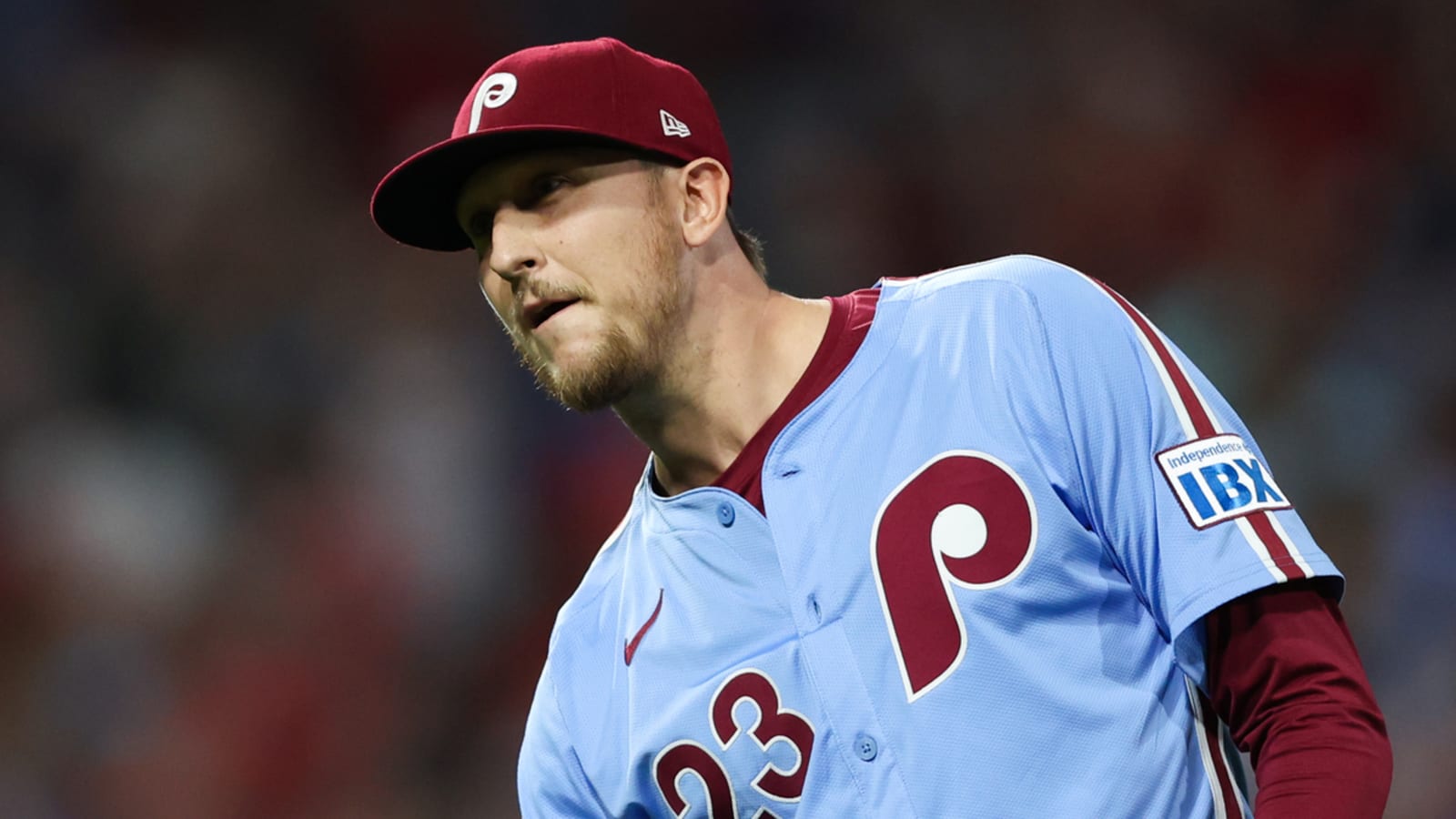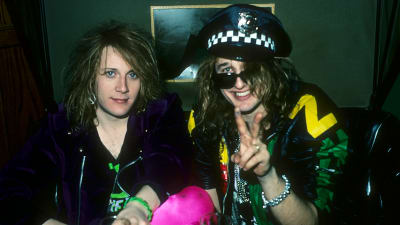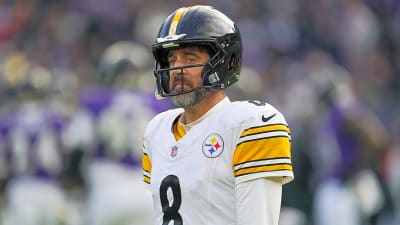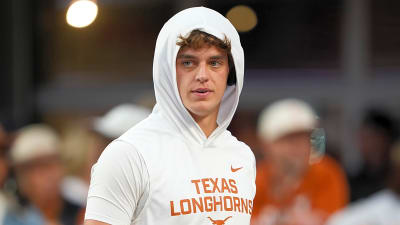
Jeff Hoffman’s breakout as an elite reliever in the Phillies’ bullpen over the past two seasons played a huge role in the team’s success, but now that he’s a free agent, he may sign in a completely different role. ESPN’s Kiley McDaniel reported that some clubs have considered pursuing Hoffman as a starting pitcher within his ranking of the offseason’s top free agents. The Athletic’s Matt Gelb backs that up in his own report, further pointing out that Hoffman is represented by the same agency (CAA) that represented Reynaldo Lopez during his own switch from the bullpen to the rotation last winter.
Hoffman, 32 in January, has quietly been a dominant force in the Philadelphia bullpen since signing a minor league deal early in the 2023 season. Recency bias might conjure up the unflattering memory of the right-hander’s NLDS meltdown against the Mets. Still, from 2023-24, Hoffman compiled 118 2/3 innings of 2.28 ERA ball while punching out a gaudy 33.4% of his opponents against a 7.4% walk rate. This postseason’s regrettable outings against the Mets aren’t an ideal final memory, but Hoffman also snapped off six shutout innings of relief with eight strikeouts and no walks during the 2023 NLCS.
Excellent as Hoffman has been in relief, there’s reason to believe he could succeed in a lengthier role. First and foremost, the former No. 8 overall draft pick was a starter in his college days at East Carolina University and began his pro career in a rotation role. He started 11 big league games as recently as 2021 with Cincinnati and didn’t move to a full-time relief role until his 2022 season with the Reds. Hoffman has appeared in 361 professional games (majors and minors combined); 145 (40%) have been starts.
Beyond his familiarity with the role, Hoffman uses a four-pitch repertoire even when working out of the bullpen. Many relievers who were once starters narrow their arsenal down to two pitches when they move to a short relief role. Hoffman threw four pitches at least 8% of the time in 2024: a four-seamer (39%), slider (40.8%), splitter (12%) and sinker (8.2%). He averaged 96.6 mph on that four-seamer and 96.7 mph on his sinker. Those numbers would surely go down if Hoffman began working five, six, and seven innings at a time, but even with reduced life on his fastballs, he could have average or better velocity. The league-average starting pitcher in 2024 sat 94.2 mph with his four-seamer, per Statcast.
Statcast has ranked them among those four pitches as plus offerings over the past two seasons. Hoffman’s slider has easily been the best of the bunch, producing a huge 20.6% swinging-strike rate and limiting opponents to a .160/.201/.215 batting line when finishing off a plate appearance with that offering (dating back to Opening Day 2023). Again, whether he could sustain that level of dominance when facing opponents a second and third time through the order isn’t certain. Still, Hoffman’s wipeout slider has played an enormous role in his breakout since signing with the Phillies.
There are health and performance risks when taking a reliever and stretching him out. Hoffman hasn’t reached even 100 innings (majors and minors combined) in a season since 2019. Even among the reliever-to-starter experiments that panned out nicely in 2024, no one from the bunch worked what could be considered a full workload.
Garrett Crochet came the closest, compiling 146 innings across 32 starts, but the White Sox didn’t allow him to pitch more than four innings in a start after the calendar flipped to July. The aforementioned Lopez reached 135 2/3 innings but had a pair of IL stints owing to forearm and shoulder inflammation. Angels righty Jose Soriano went from 65 1/3 innings in 2023 to 113 in 2024 but was shut down for the season on Aug. 17 due to arm fatigue. Giants righty Jordan Hicks thrived in the rotation through late May before stumbling to an ERA over 6.00 in the early summer and being dropped back to the ’pen in mid-July. He finished at 109 2/3 innings with a 4.10 ERA. Seth Lugo is perhaps the most recent example of success in this transition. He jumped from 65 innings with the 2022 Mets to 146 innings with the 2023 Padres and 206 innings with this past season’s Royals.
Notably, McDaniel opines that Hoffman is likelier to sign as a reliever. It’s the role that he’s dominated over the past two seasons. While he’s not the No. 1 reliever in this offseason’s free agent class — most publications, including MLBTR, assigned that honor to lefty Tanner Scott — Hoffman has a case to be considered the No. 2 or No. 3 bullpen arm on the open market this winter.
Gelb suggests Hoffman may prefer the relief role, though logically speaking, one would imagine he’d take the best offer possible. This is Hoffman’s first real crack at a notable MLB contract. He took home a signing bonus of just over $3M in the draft but was non-tendered throughout his arbitration years and earned a relatively modest $2.2M this past season in his final arb season. Even with that draft bonus, Hoffman’s career earnings fall shy of $8M. He’ll presumably prioritize top dollar, regardless of location or role.
More must-reads:
- The best MLB closers of all time
- Jorge Polanco signing shows New York Mets' desperation
- The 'Last MVP for every MLB team' quiz
Breaking News
Trending News
Customize Your Newsletter
 +
+
Get the latest news and rumors, customized to your favorite sports and teams. Emailed daily. Always free!








